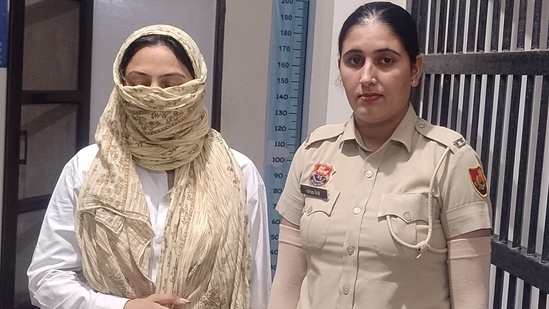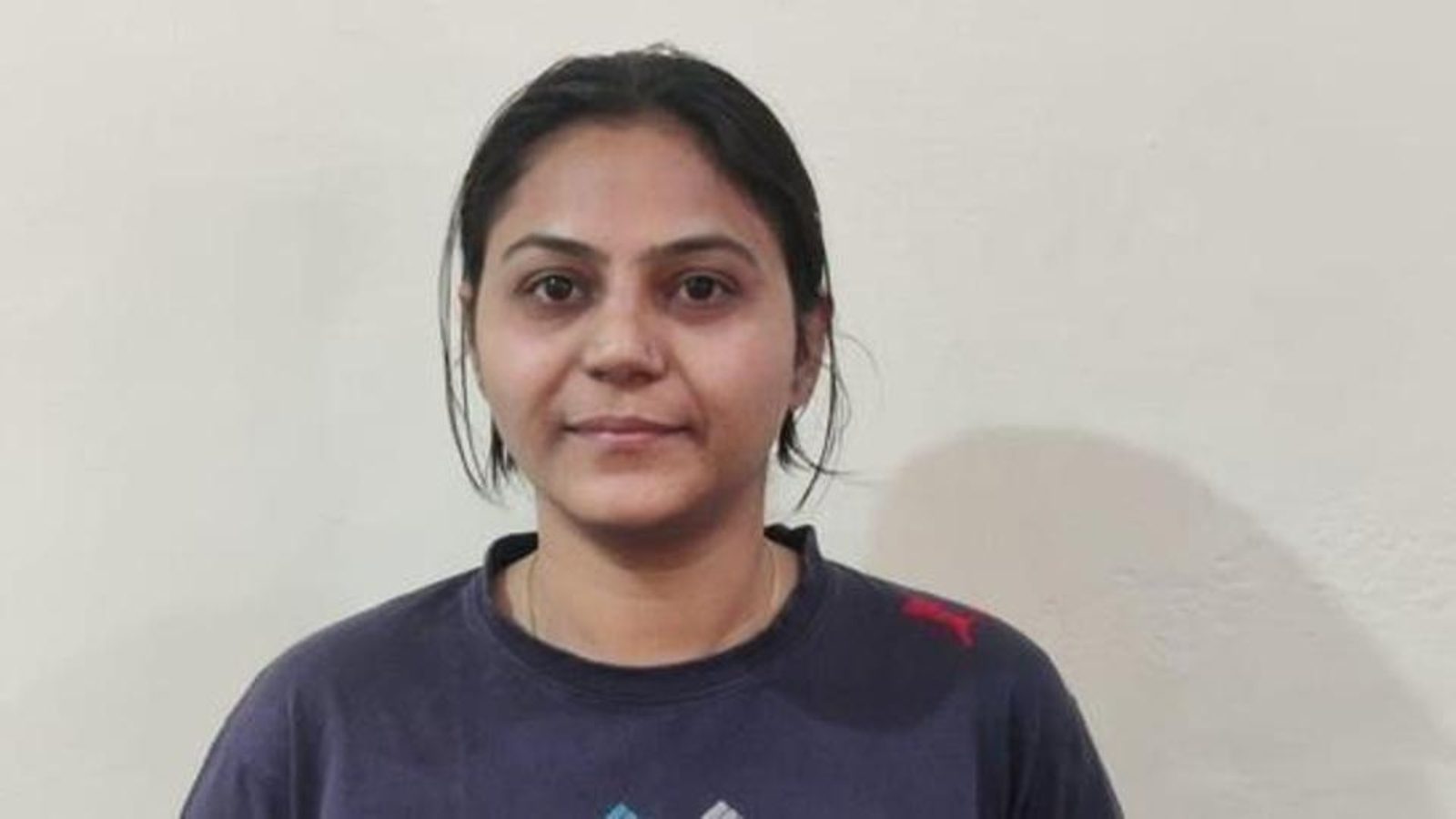
In a dramatic turn of events, Jyoti Malhotra, a popular YouTuber from Hisar, Haryana, has become the center of a high-stakes investigation concerning national security. The Hisar police recently unveiled crucial details about their covert “Operation Sindoor,” sparking nationwide discussions about espionage, digital safety, and the intricate dynamics of modern information warfare.
The case has drawn attention not just for its espionage angle but also for its unique connection to the social media world. Malhotra, an individual previously celebrated for her engaging content and online influence, is now embroiled in allegations involving links to operatives in Pakistan.
While the Hisar police clarified that no direct link to terrorism has been established, the investigation has raised important questions about cybersecurity, digital influence, and how online platforms can become tools for exploitation by international espionage networks.
The Genesis of Operation Sindoor
Operation Sindoor was launched with the intent to address increasing threats to India’s national security. According to senior officials, the operation was conceived as a response to intelligence inputs indicating potential espionage activities in sensitive regions of Haryana.
The name “Sindoor” reflects the operation’s focus on tracking covert activities that could undermine the country’s sovereignty. Hisar police, equipped with advanced surveillance tools and supported by intelligence agencies, worked tirelessly to identify and intercept individuals involved in suspicious activities.
Jyoti Malhotra’s name surfaced during this extensive operation, leaving many shocked. Known for her entertaining YouTube videos that spanned lifestyle, vlogging, and social commentary, she hardly seemed like someone who would be linked to an espionage network.
Social Media: A Double-Edged Sword in the Digital Age
Malhotra’s case highlights the darker side of social media. While platforms like YouTube and Instagram empower users to build global communities and showcase their talents, they also expose them to potential threats. Cybersecurity experts have long warned about the vulnerabilities of influencers who may unknowingly engage with malicious actors.
For someone like Malhotra, whose audience transcended borders, the likelihood of interacting with individuals from varied backgrounds was always high. Investigators suspect that some of these interactions might have been exploited by espionage agents seeking to infiltrate Indian networks.
The Hisar police revealed that Malhotra was in contact with individuals linked to operatives across the border. However, they were quick to caution against premature conclusions, emphasizing that her involvement might be inadvertent or manipulated.
The Changing Face of Espionage
Espionage has evolved significantly over the decades. In today’s interconnected world, it is no longer limited to secret agents and covert meetings. Digital platforms have emerged as critical arenas for espionage, offering anonymity and a vast pool of potential targets.
India, being a major player on the global stage, is particularly vulnerable to these threats. Adversarial nations often employ unconventional methods, including leveraging unsuspecting individuals as pawns in their intelligence operations.
In this context, Malhotra’s case becomes an eye-opener. If a social media influencer could be dragged into such a controversy, it raises concerns about the level of awareness among the general public regarding cybersecurity and online safety.
Hisar Police’s Proactive Role
The Hisar police deserve commendation for their vigilance and proactive approach in launching Operation Sindoor. The operation involved meticulous planning, with officers tracking digital footprints, analyzing communication patterns, and coordinating with central intelligence agencies.
Their investigation into Jyoti Malhotra’s activities was not a hasty decision but a result of careful analysis of data and intelligence inputs. Senior officers stated that the operation aimed not only to address immediate threats but also to set a precedent for tackling similar challenges in the future.
The police emphasized that they were mindful of the complexities involved in Malhotra’s case. While some evidence pointed toward suspicious connections, it was crucial to avoid vilifying an individual without substantial proof.
Public Reaction and Media Frenzy
The revelation of Malhotra’s involvement triggered a media frenzy, with news channels and social media platforms abuzz with debates and speculations. While some supported the investigation as a necessary step toward national security, others questioned the impact on an individual’s reputation without concrete evidence.
Malhotra’s fans and followers expressed shock and disbelief. Many came forward to defend her, citing her positive contributions to the digital space. On the other hand, critics argued that influencers must exercise greater caution in their interactions, given their public visibility.
The media coverage has been a double-edged sword for Malhotra. While it has amplified the case’s significance, it has also subjected her to intense scrutiny, with potential long-term implications for her career and personal life.
Lessons for Content Creators and Influencers
The case serves as a stark reminder for content creators and influencers about the responsibilities that come with a large digital footprint. In an era where online interactions are commonplace, maintaining vigilance is paramount.
Experts recommend that influencers adopt the following measures:
- Verify Connections: Avoid engaging with unknown individuals without verifying their credentials.
- Cybersecurity Training: Undergo basic training to identify phishing attempts and other online threats.
- Monitor Communications: Keep track of unusual or suspicious interactions and report them if necessary.
- Collaborate with Authorities: Cooperate with law enforcement agencies if approached, as timely intervention can prevent serious consequences.
The Broader Context of Espionage in India

Espionage is not a new challenge for India, but its dynamics have changed with the advent of digital technology. Traditional methods of intelligence gathering have been supplemented by cyber-espionage, where adversaries use hacking, phishing, and social engineering to gain access to sensitive information.
India’s strategic position and its growing influence in global politics make it a prime target for espionage activities. Adversarial nations often employ indirect methods, such as recruiting individuals who have access to critical data or can serve as intermediaries.
In this scenario, local operations like Sindoor play a crucial role in addressing threats at the grassroots level. By identifying and neutralizing potential risks early, law enforcement agencies can prevent larger crises.
Current Status of the Investigation
As of now, the investigation into Jyoti Malhotra’s alleged links with espionage networks is ongoing. The Hisar police, in collaboration with central intelligence agencies, are examining multiple aspects of the case, including her communication records, financial transactions, and social media interactions.
Malhotra has been cooperating with authorities, providing access to her accounts and sharing details about her online activities. Her legal team has maintained that she is innocent and has urged the public not to jump to conclusions.
Authorities have also been cautious in their statements, reiterating that the evidence gathered so far does not establish direct involvement in terrorist activities. The focus remains on uncovering the truth and ensuring justice.
The Road Ahead: Strengthening Digital Vigilance
The case of Jyoti Malhotra underscores the urgent need for enhanced digital vigilance. As India transitions into a digital economy, safeguarding individuals and institutions from cyber threats becomes a top priority.
Policymakers must invest in awareness campaigns, cybersecurity infrastructure, and legal frameworks to address the evolving nature of espionage. For individuals, cultivating a culture of caution and responsibility in online interactions is essential.
Conclusion
The Jyoti Malhotra case is a wake-up call for all stakeholders in the digital ecosystem. It highlights the complexities of modern espionage and the vulnerabilities of individuals in an interconnected world.
As the investigation progresses, the truth will hopefully emerge, shedding light on whether Malhotra was an unsuspecting victim or an inadvertent participant in a larger scheme. Regardless of the outcome, the lessons from this case will have far-reaching implications for national security, digital safety, and the role of social media in contemporary society.
By addressing these challenges head-on, India can build a more resilient framework to protect its citizens and interests in the ever-changing digital landscape.

